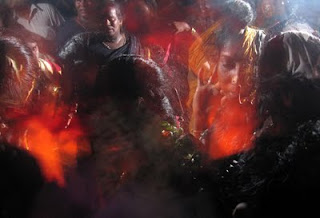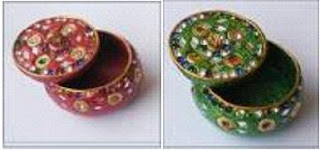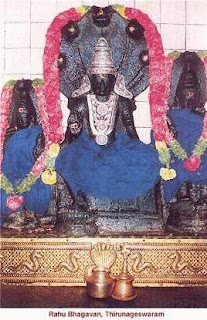Veeram
Pooram
Rasam
Jathilingam
Kandagam
Gauri Pasanam
Vellai Pasanam
Mridharsingh
Silasat
It is the poison solidified, thus the solidified the essence of Nava Pashanam forms the idol. Pashanam means poison. If it exceeds the proper proportion it will become poison. There is a special stone too called Pashanam!
It is customary to plant a stone on the 16th day of death of a person. That too is called Pashanam. In Palani not one Pashanam but nine Pashanams have been used. Eighty one Siddhars joined Bogar, mixed 81 Pashanams, converted it into 9 mixtures and made this image. That is why it is called Nava Pashanam. We have heard of 18 Siddhars. Their disciples were 81. The Pashanam was burnt by 9 type of fuel, filtered 9 times ( 9 x 9 =81 ) and that means 81.
1. Avarai, Chittamurutti - With this fuels they will heat for disease caused by heat.
2. Usil, Ilandai - By heating with this fuels, they cured discapes of eye, nose, ear and feet.
3. Iluppai, Tamarind - For oils for external use.
4. Vembu (Neem), Pooarasu, Arasu - for diseases of Vadha.
5. Nuna, Vanni, Mavilangam - for Vadha diseases external and internal.
6. Nelli (Amla), Vembu (Neem), Vila for Pitha ills.
7. Usil, Vel, Konrai, Vengai; for Phlegm.
8. Panai (Palm), Thennai (coconut), Vembu (Neem); for all medicines which contain Rasa.
9. Vel, Vengai; for medicines which contain iron.
After heating with the obove 9 types of fuel they will filter 9 times.
1. Excrement of Kadai 1
2. Kowdri 3
3. Kukkudam 10
4. Varaham 50
5. Peacock 100
6. Elephant 1000
7. Manal ( sand ) 90
8. Earth 4 finger measure
9. Gram 800
The first six are heated by the fuel then spreading sand, buried in earth to a depth of 4 finger lengths. Then burnt by fuel of excreta of cow.
A substance called pashanam is sold in shops. Lingam, Chendooram, Gaudhakam, Padharasam, Rasakarpuram, Vediuppu, Paraiuppu, Chavuttuppu, Valaiuppu, Erukam flower, Kanthakam, Lokam, Venkaram, Changuppodi, Kalnar, Silachit, Chatravedi, Poonir, Chippithasan, Erukkampal, Kallippal, Thurusuparpam, Chippi, Chunnam, Anda Chunnam, Porikaram, Thalakam, Kal Channambu, Corel, Tin, Evacharam, Sambarani, Iron, Manosilai, Thakkam,Aritharam, Kundumani all these are ingredients in the pashanam.
When all these things are heated and filtered a semi liquid mass hardens into a stone.
Everyday ablutions are performed. During Kartigai days it will be in hundreds. These ablution provide not only grace of Muruga but also cures for ills.
When milk ablutions are performed, the milk after coming in contact with the Navapashana idol, it absorbs all its medicinal qualities. The beauty is that for a long time the milk is not spoiled.
Similarly in the case with sandal ablution. The sandal paste over the idol is removed in the shade. A process to preserve the sandal paste has been finished by Somaley.
We ourselves should purchase good sandal bars and grind it . Kasturi, Korochanai, Saffron, Pachaikarpuram, Kesari Powder, Sandal pieces, Sandal attar, panneer, Punugu, Poolankizangu. Mattipal should be mixed with sandal in a proportion of 1 : 1 tola. one tola is 12 gms which is equal to old one rupee weight. Now it has become a medicine.
Idol of Ganesh made from Navapashana...







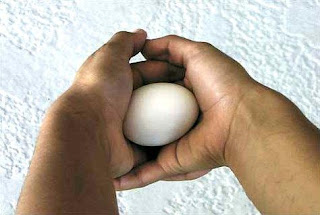
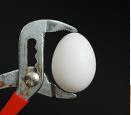 ~An Ant can kill an Elephant if entered into its ears and thus elephants keep flapping their ears;
~An Ant can kill an Elephant if entered into its ears and thus elephants keep flapping their ears;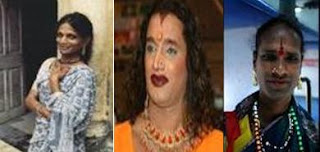
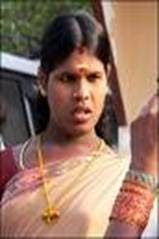
 :
:
